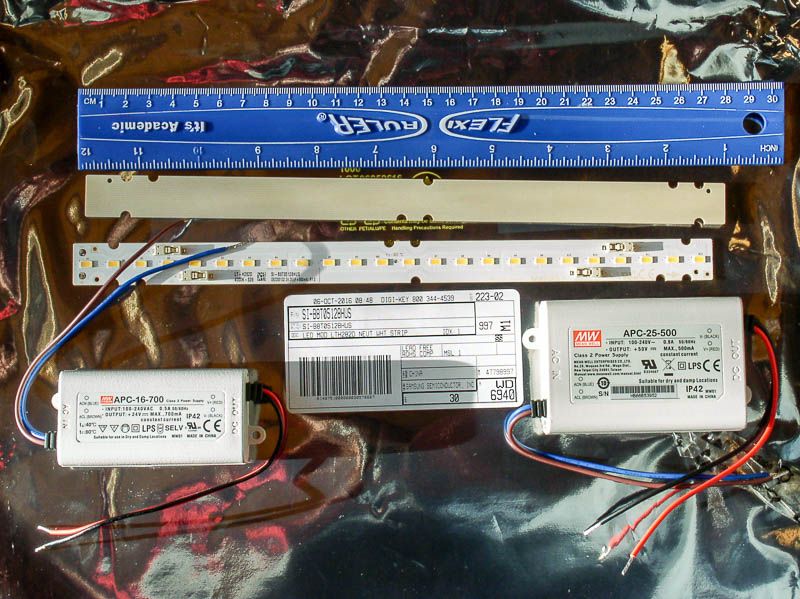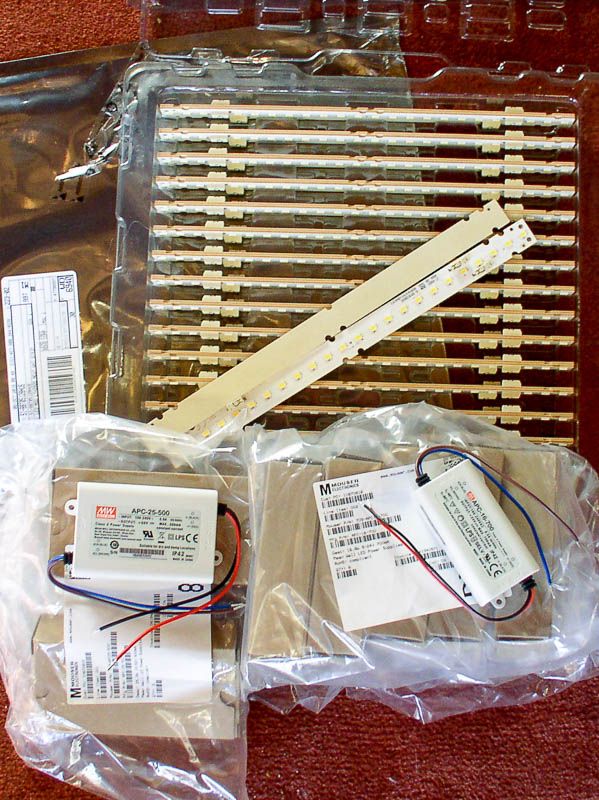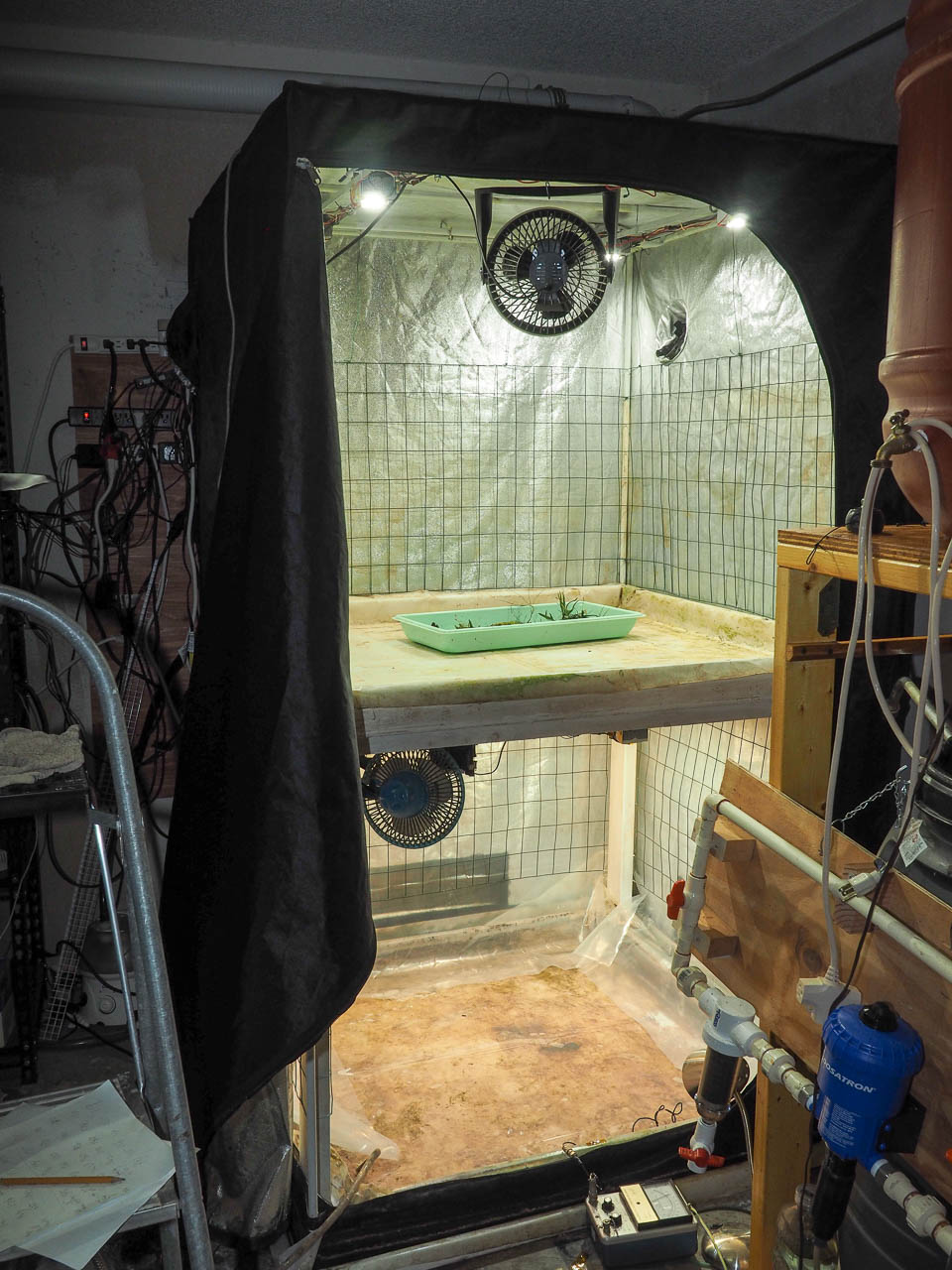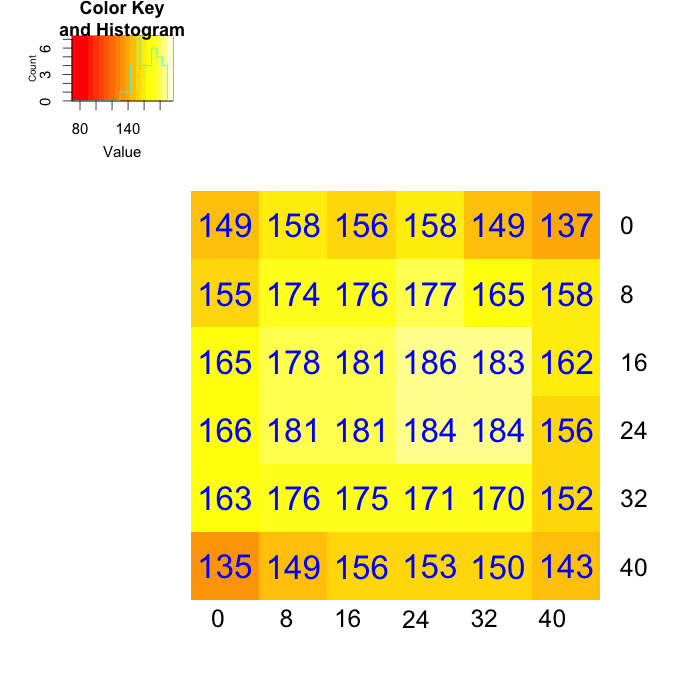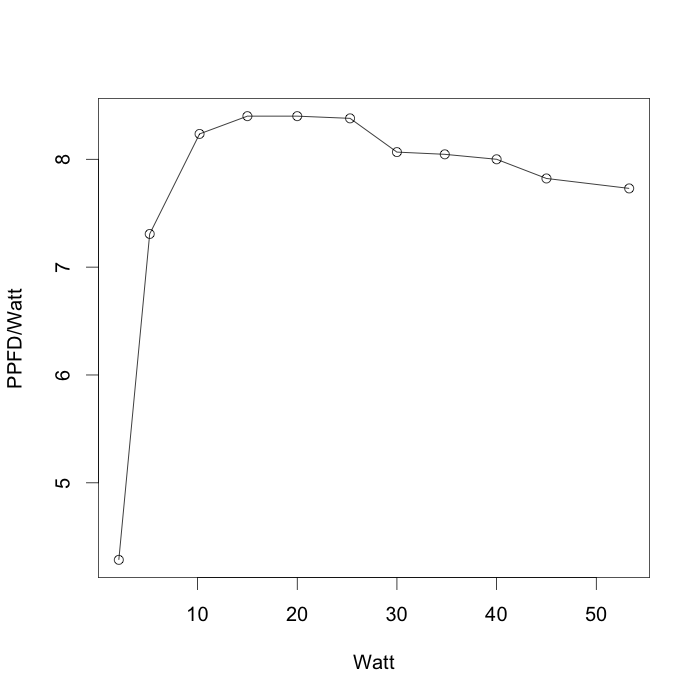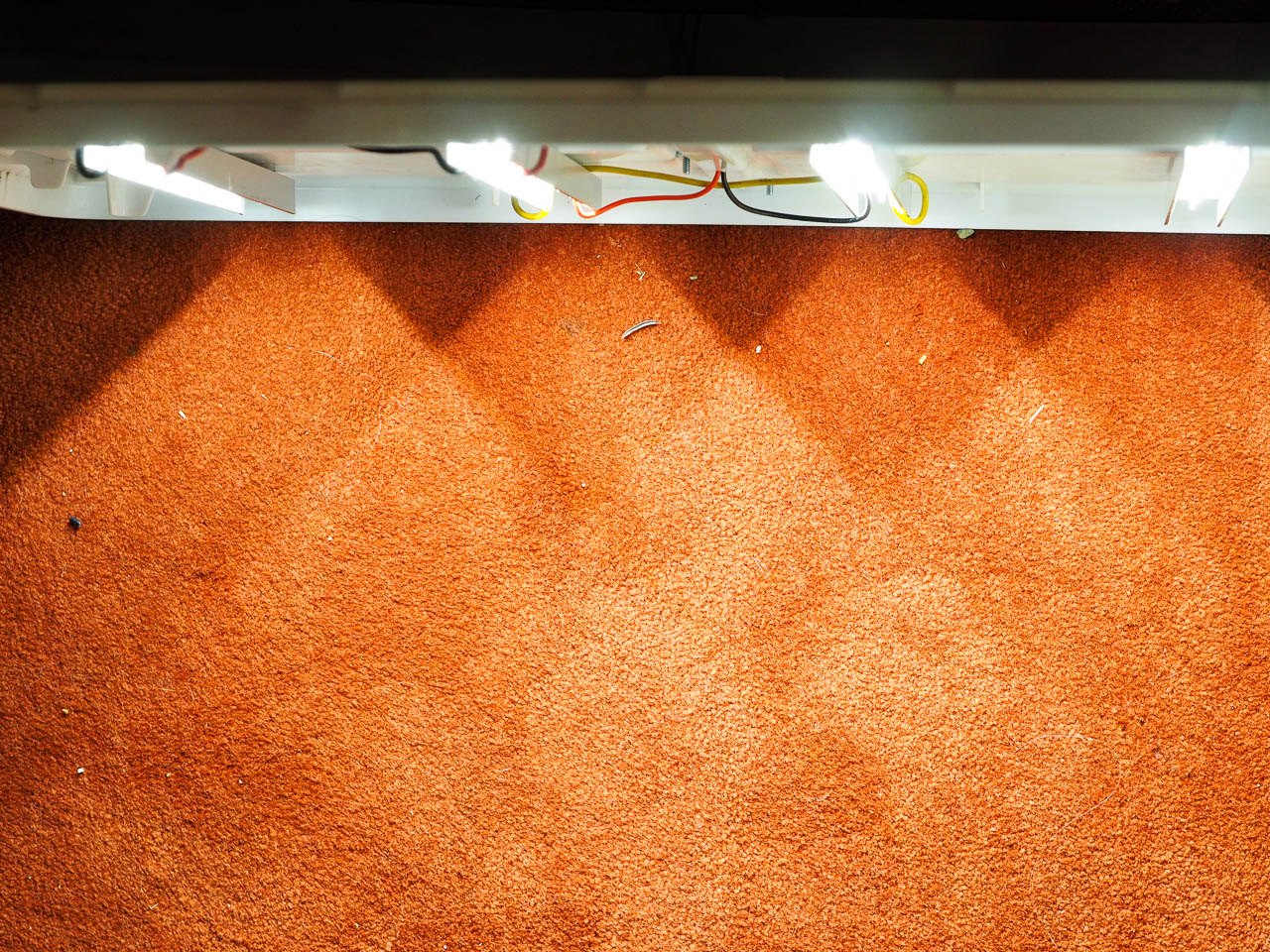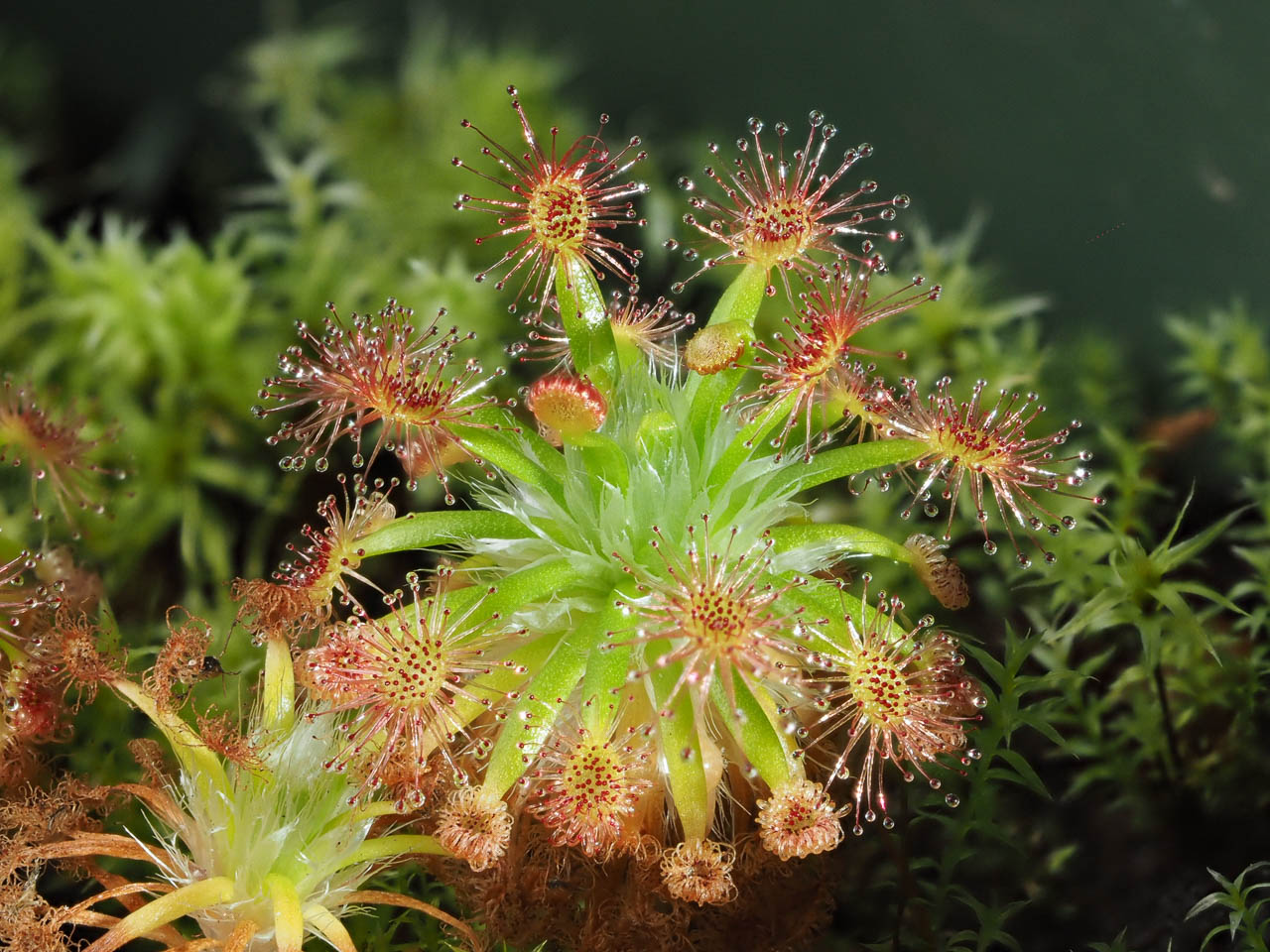naoki
Well-Known Member
I made a blog post about how to make Chip-on-board (COB) based LED fixtures (here is the link). The basic contents are similar to what I posted earlier in this thread. I included a little bit more assembly details (maybe too much for most people), information about driver selection, and new measurement data using PPFD. Also I came across a couple of useful youtube videos, so the links are provided at the very end of the post. I started this thread with cheap eBay COB, but the video provides the reason why these are not worth getting.
There are newer generations of COB LEDs (Bridglux Vero Version 2.0 and Cree CXB series) after I posted the messages in this thread. Some people are achieving close to 70% radiant efficiency with Cree CXB3590 (only 30% of electricity is wasted as heat, and 70% is converted to light energy). A cheaper way to grow orchids under artificial light!
There are newer generations of COB LEDs (Bridglux Vero Version 2.0 and Cree CXB series) after I posted the messages in this thread. Some people are achieving close to 70% radiant efficiency with Cree CXB3590 (only 30% of electricity is wasted as heat, and 70% is converted to light energy). A cheaper way to grow orchids under artificial light!





